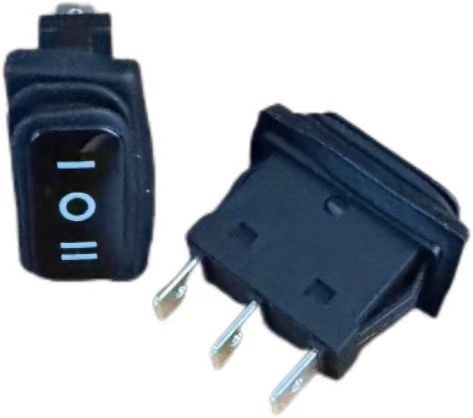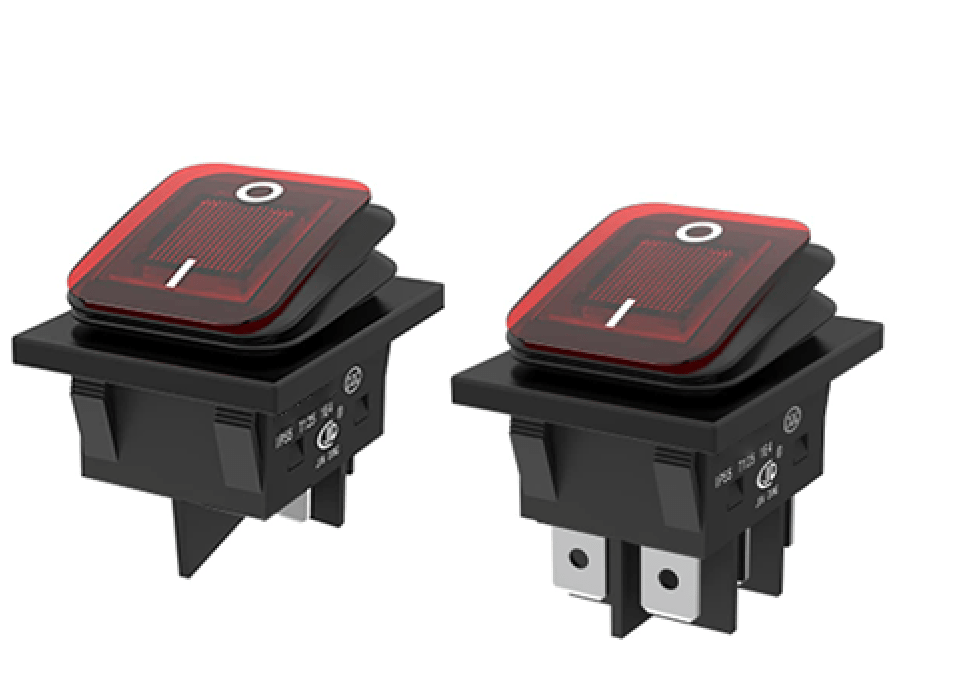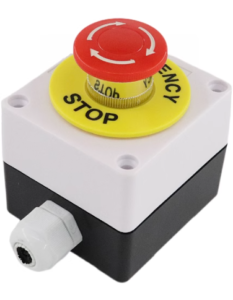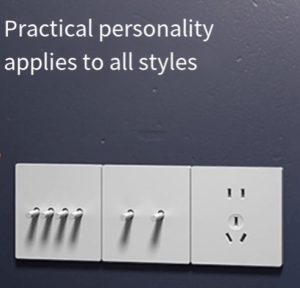Your Guide to Selecting the Right Power Switch.

Not sure how to choose a power switch? This guide explains key factors like safety ratings, electrical specs, and design for reliable performance
Want to learn more about our products? You can click me.
More Than Just On and Off
Let’s be honest, we often take power switches for granted. But choosing the right one is a bigger deal than you might think. It’s not just about turning a device on or off; it’s about safety, reliability, and ensuring your product performs correctly for years to come. A poorly chosen switch can lead to premature failure, safety hazards, or a frustrating user experience. So, whether you’re designing a new product or sourcing a replacement, knowing what to look for in a power switch is crucial. This guide will walk you through the key considerations to make a smart choice.
Safety and Compliance Come First
The most critical factor in your decision is safety. Always look for switches that have relevant safety certifications for your target market, such as UL, CE, or TUV. These certifications mean the switch has been tested and proven to meet strict standards for electrical isolation, fire resistance, and durability. Especially for mains voltage applications, this is non-negotiable. A certified switch protects the end-user and protects you from potential liability issues. Never compromise on certified safety.
Matching Electrical Specifications
Next, you need to get the technical details right. This means carefully checking the voltage and current (V/A) ratings of the switch. The rating must comfortably exceed the maximum load of your application. Using a switch rated for 5V on a 120V circuit is a recipe for disaster—it can lead to arcing, overheating, and failure. Conversely, you also need to consider the type of load (resistive, inductive, etc.), as some can cause arc damage on contacts. Getting these specs right ensures reliable performance and a long operational life.
Considering Mechanical Design and Environment
How will the switch be used? The physical design is just as important as the electrical one. Consider the actuator style (toggle, rocker, pushbutton) and how it fits your product’s user interface. Then, think about the environment. Will it be exposed to dust, moisture, or chemicals? Look for an IP (Ingress Protection) rating that matches these conditions. For example, a kitchen appliance needs a switch that can resist moisture, while an industrial control might need one that’s sealed against dust. The right mechanical choice ensures both functionality and durability.

Making a Confident Choice
In the end, selecting a power switch is about balancing safety, technical requirements, physical design, and quality. Don’t just default to the cheapest option; consider the total cost of ownership, which includes reliability and safety. By taking the time to understand your application’s specific needs, you can choose a power switch that guarantees safe operation, enhances your product’s quality, and provides users with reliable performance day in and day out.
Web:www.cnswitch.cn;
Tel/Fax: 0086-577-62840011
WhatsApp: 008613355775769
#Power Switch #cnswitch





